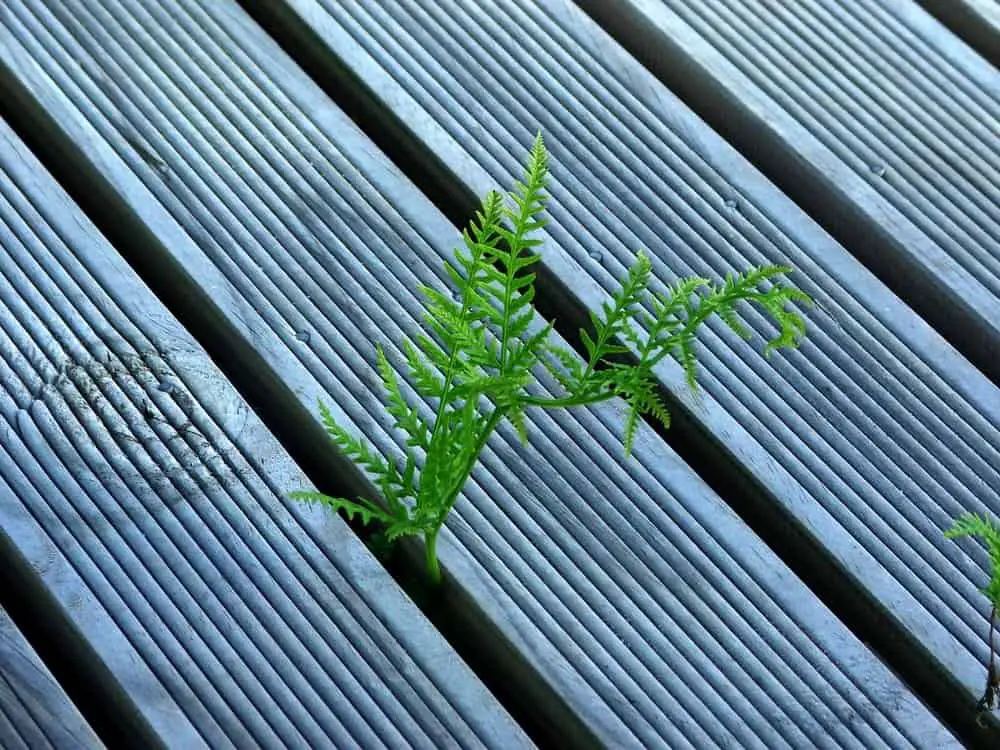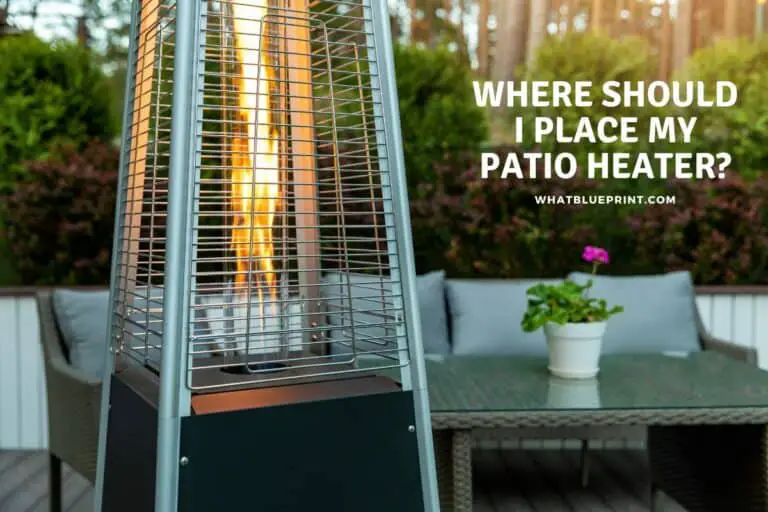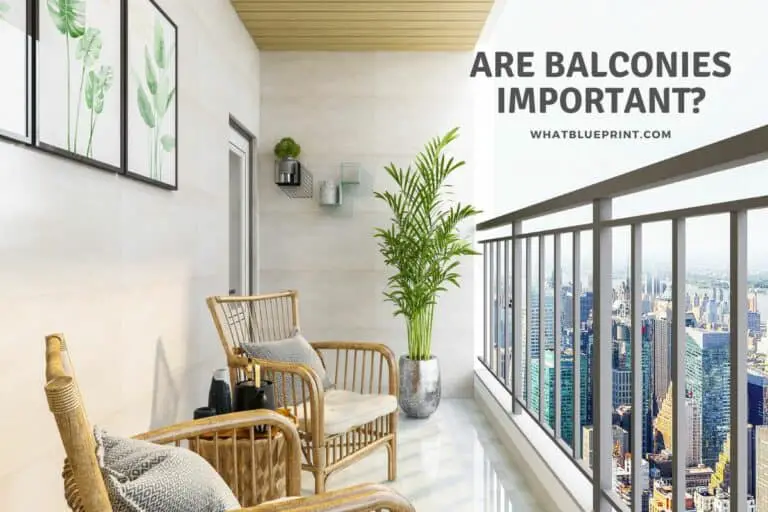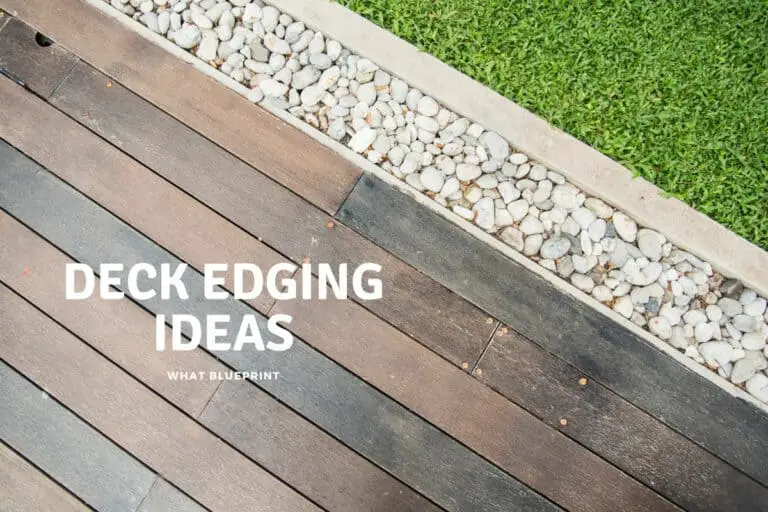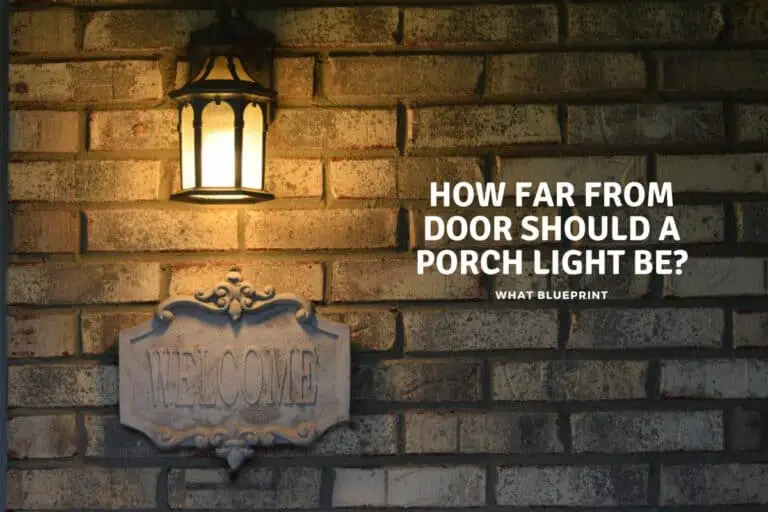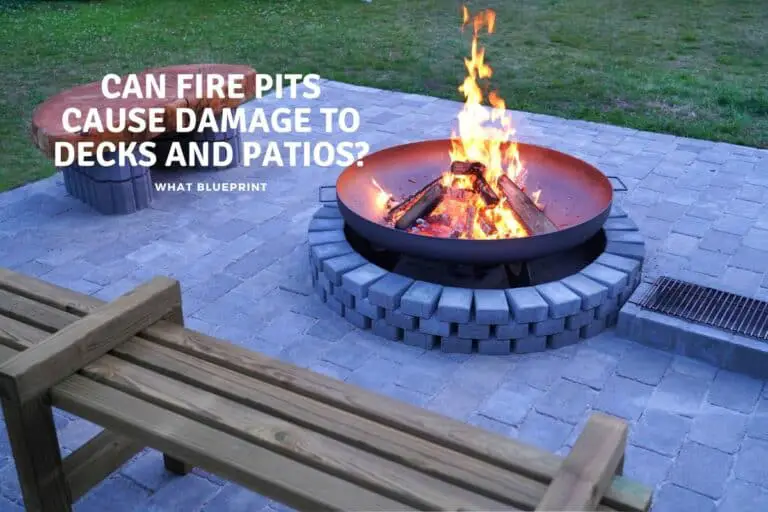Best Non-Slip Decking Material
Choosing the suitable decking material for your home can be challenging. You need a durable decking material, rot, insect, mold-resistant, and most importantly, non-slip. The last thing anyone wants is our families or people visiting our home to have an accident. Therefore, it’s best to take the correct precautions and thus avoid accidents altogether.
When you need a non-slip decking material, the best options to choose from are wood decking materials, composite decking materials, and some plastic or PVC decking materials that have a non-slip coating. In cases where the decking is already in place, you can add a non-slip coating.
When you have a family that likes to run and play like mine, you don’t need anyone slipping and falling on a deck, but you also want your decking to look good. So the solution is a decking material that is non-slip or adding a non-slip material to an existing deck. Unfortunately, I had no idea how to do this, so I enlisted the help of a friend who installed decking for a living.
Best Non-Slip Decking Material
Over the years, there have been many decking material innovations. Unfortunately, some of the older decking materials may be slippery, but there are many ways to make your decking non-slip. This post will discuss the best non-slip decking material and more.
Waterproof Anti-Slip Decking Boards
If you need a waterproof anti-slip decking that works great if you live in an area known for rainy or humid weather or have a hot tub or swimming pool near the deck, this is the best anti-slip decking you can buy.
These boards have large inserts covering most of the board in a fully waterproof, slip-resistant rubber material. Maybe they are not be the most aesthetically pleasing decking, but these boards come in various colors, including boards that look like wood or some that look like grass.
Non-Slip Decking Boards With Built In Strips
The second best decking material has got to be the non-slip decking boards with built-in anti-slip strips. They are the best-looking non-slip decking material and are high quality. The strips on these decking boards are not noticeable and blend in with the rest of the boards.
The non-slip strips are made from aggregate and resin. These boards are expensive but worth it for their hidden safety feature. They come in various styles and colors with a chic finish that will fit any style. In addition, they can last decades with the proper maintenance and care.
Wood Decking Material
Wood is one of the most common decking materials as it is easy to use and is naturally non-slip. There are several contenders in the wood decking category, so here are a few that are non-slip.
Pressure Treated Wood: Low-Budget Option
Pressure-treated wood is probably the most affordable decking material. The wood is pressure-treated with chemicals to withstand rot, insects, and mold. Pressure-treated wood is grainy and provides a non-slip surface.
The only time the non-slip surface would be compromised is if you add a sealant. When sealants dry, they leave a shiny coating on the deck’s surface that will be slippery when it’s raining, snowing or after you have washed it.
Hardwood: High-End Option
Hardwood is the wood best suited to use when you are looking for non-slip wooden decking material. Hardwood grain and grooves make it naturally non-slip, but there are disadvantages to using hardwood as a decking material.
First, hardwood is expensive to install, and secondly, it’s hard to maintain. In addition, if hardwood is not maintained correctly, it will become slippery with mold or mildew.
How Can You Make Your Decking Non-Slip
If you already have a deck installed and you are interested in making your deck non-slip, there are many new innovative ideas on the market to help you get the best out of your deck without the dangers of slipping accidents. Here are some of the best ways to make your deck non-slip:
Installing Non-Slip Decking Strips
The fastest way to make your existing deck non-slip is to buy non-slip strips. These strips are easy to install, and you can get them in different colors and sizes. In addition, you don’t need any power tools to install them; you put them in the places you know are prone to algae, mildew, and mold.
You need to thoroughly clean and dry your deck before installing the strips. After that, the stips only need to be cut to size and screwed into place.
Using Fungal-Resistant Decking Material
Mold, mildew, and fungus are what cause many people to slip when it’s wet or cold outside. The easiest way to ensure your decking is non-slip is to install a decking material that has been treated to resist fungus, mold, and mildew.
You can also buy timber decking that has been coated in an anti-slip sealant or product, making it fungal resistant.
Using Anti-Slip (Non-Slip) Paints, Sealers, Stains, And Oils
Most decks are painted or stained with regular paint and stain; this can become a problem. To help you keep your deck from causing a slip and fall accident, you can use anti-slip paint. These paints give more traction to the decking material to prevent slipping accidents.
You can buy non-slip paints, sealers, or stains. The paints and sealers work well, but they tend to crack after a few years, and you will need to remove the old paint or sealer before applying a new coat of paint.
The stains and oils work better because they won’t peel or crack and are longer lasting. Of course, you will eventually have to reapply them, but it’s much easier than using the paint or sealer.
You can also make your own non-slip paint if you don’t want to buy one. You only need to use a new can of your paint of choice and add sand to the mixture. The sand in the paint or sealer acts as a barrier between the wet decking and your feet or shoes, creating traction and thus ensuring you won’t slip or fall.
Using Rubber Mats
You can use rubber mats on your deck; this cheap and easy solution ensures a non-slip surface. I know most people think a rubber mat is this ugly thick matt that looks out of place in an elegant deck, but some other rubber mat options offer rubber mats in thinner and more stylish looks, and they come in various colors.
The best part is that the mats are removable and easy to clean. You can also add a rubber runner in the high traffic areas of the deck. It adds a more secure path you can use when walking on the deck.
Use Anti-Slip Tape
When it comes to non-slip options, the list seems endless. However, a cheap and easy way to get a non-slip surface on your deck is to use anti-slip tape. The tape comes in a roll and has an adhesive on the back. The tape has a textured surface that looks similar to the surface of sandpaper. It provides tons of traction to the deck and is easy to use and replace when you need to.
You only need to cut the size strip you want to use, peel off the paper to reveal the sticky side, stick it on the boards with the most issues, and have a non-slip deck. Anti-slip tape is also much more affordable than the other non-slip options.
Ensure that the surface is completely clean and dry before you install the tape, so it grips onto the decking, not any debris that might be stuck on the deck’s surface. The anti-slip tape also has the added advantage of being thin, which means it’s not raised like other non-slip solutions and won’t be a tripping hazard.
Treat The Problem Areas
One sure way to help decrease slipping accidents is to use shingles or rolled roofing on areas with the most traffic and slippery areas, like the stairs. Shingles and rolled roofing have rough surfaces and provide enough traction to give the most used or slippery areas of your deck a non-slip surface.
Shingles and rolled roofing are easy to use, and they can last for years before you need to replace them as they are made to withstand elements like the extreme heat from the sun in the summer or the cold wind and rain in the winter. In addition, they are affordable, and you will find them in most home-improvement stores.
Waterproof Your Deck
As we mentioned earlier, decks get wet regularly, and that is when the deck is at its most dangerous; rain causes slippery conditions, and people can get hurt. One of the ways you can target this problem is to add a waterproof coat to your deck.
Most waterproof sealants or paints have a rubber-like texture and provide more than enough traction so you won’t slip or fall. Before you add a waterproof layer to your deck, you should use a power washer and mild detergent to get all the dirt and debris off and allow the deck to dry thoroughly. It helps the paint adhere to the deck so you won’t have lifting, peeling, or cracking.
The downside is that you will need to reapply the waterproof coat every few years as the traffic will cause the waterproofing to wear down with regular use. You need to reapply a waterproof coating when you feel the decking becoming more slippery.
Some waterproof sealers and paint on the market give you a 5-year guarantee on their product, so you will at least have 5-years without worrying about your deck causing a slipping accident.
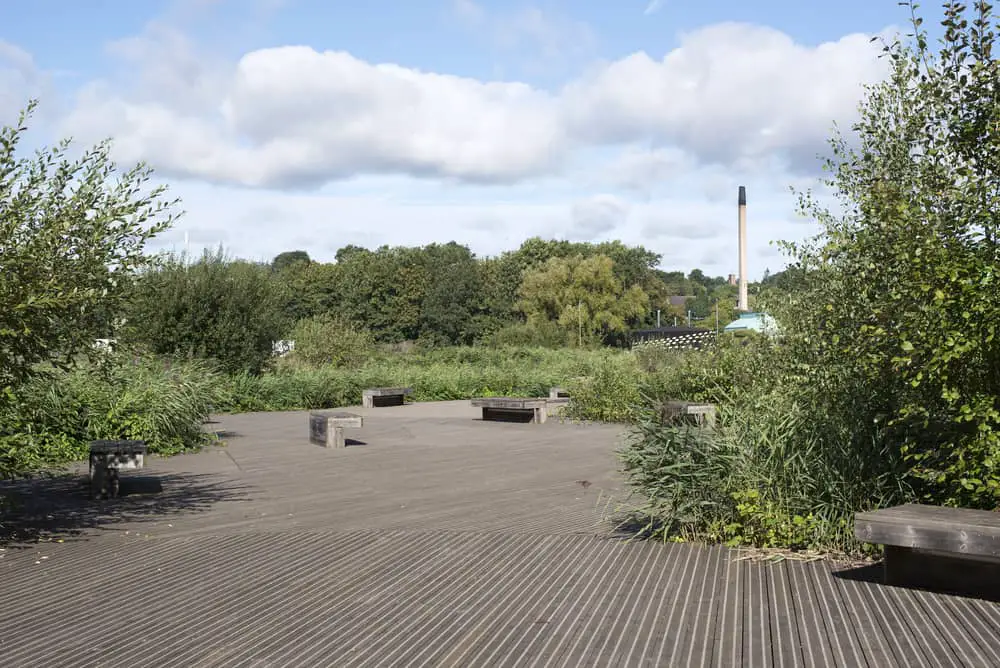
Preventative Measures To Ensure A Non-Slip Deck
If you are lucky and haven’t installed your deck yet, there are a few options that will make it easier to have a non-slip deck from the get-go. Here are some preventative measures to help you have the best non-slip deck.
Planning Is Key
One of the best preventative measures you have is planning. Before installing your deck, you should plan out where all the traffic will come from and then install the decking in the opposite direction. The gaps and grooves will add resistance and keep you from slipping and falling.
Regular Cleaning
The most obvious way to help prevent the deck from becoming slippery is to sweep at least once a week and to use a power washer when you see moss, mold, or mildew starting to form. These are all factors that will increase the slipperiness of your decking, especially on cold or rainy days.
Ensure The Deck Has Proper Drainage
If you wonder why there is always a gap between your decking boards, there are two main reasons: to allow the boards enough space to contract and expand. Most decking materials are exposed to the elements. In cold weather, the boards can contract, and in warm or rainy weather, the boards can expand.
The second reason you have gaps between the decking boards is for proper drainage. The less the decking material is exposed to water, the less moss, mildew, and mold get enough moisture to grow.
If you don’t have proper drainage, the deck will have sand, leaves, and water, creating the perfect environment for these slippery substances to grow. That’s why it’s imperative to clean out the gaps between your boards regularly.
Regular Check-Ups
After installing the deck, you need to check on the non-slip measures you took. Whether you choose the non-slip strips, non-slip paint, or non-slip waterproof decking boards, you need to do regular checks to ensure these measures are not worn down or damaged. Catching a flaw early on can prevent an accident in the future.
Conclusion
Ensuring your family is safe by using the best non-slip decking material means that you may have more work or pay a little more money for this feature, but in the end, it’s worth it. You don’t want to see a loved one slip and fall, so using non-slip strips, mats, or paints is the first step in having a non-slip deck.
The second step is to maintain it by regularly cleaning the surface and checking the drainage to ensure that any water can adequately drain to keep the deck’s surface as dry and non-slip as possible.

